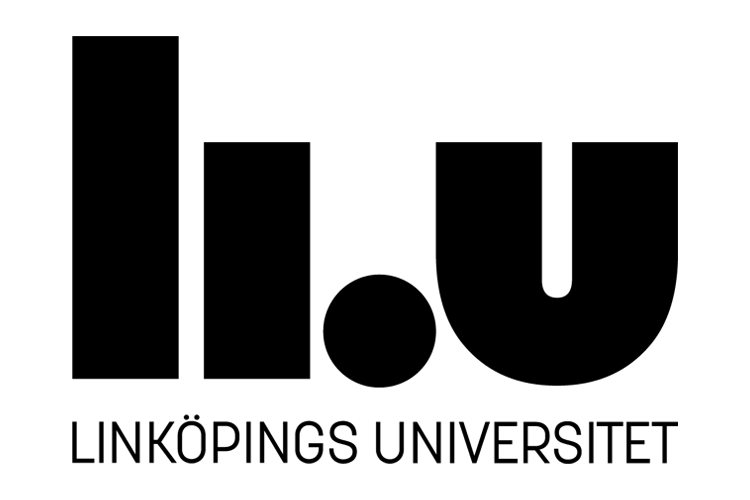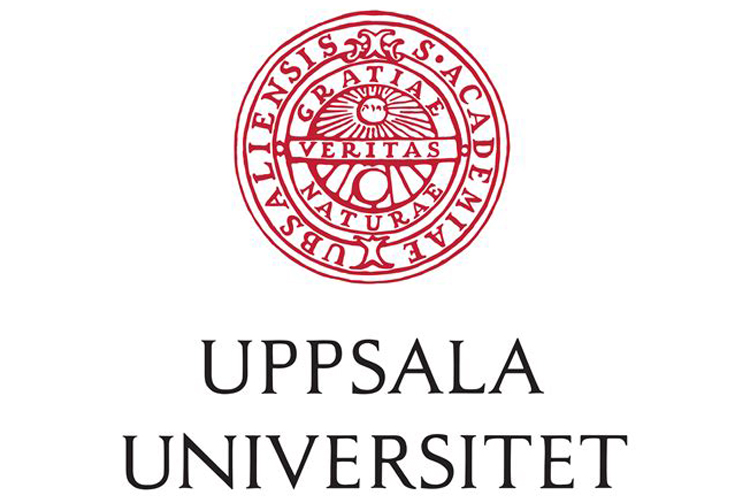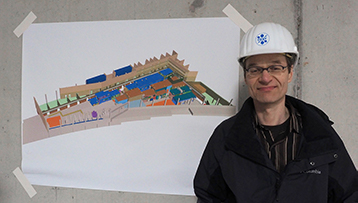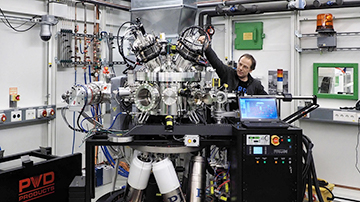A research facility with superpowers
– real time X-ray vision for Materials science
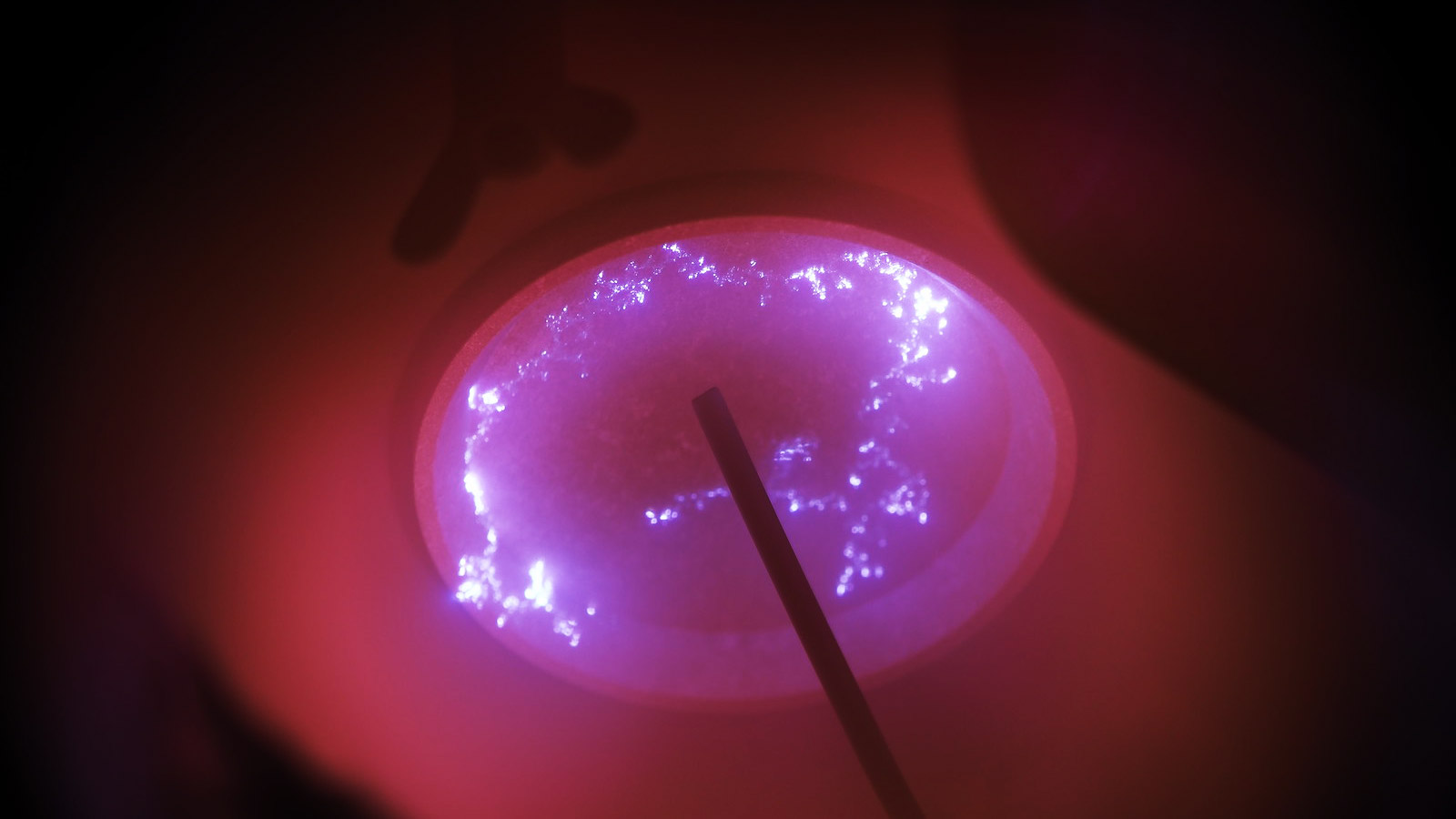
What if it was possible to measure what happens to molecules as they react deep inside materials. To see what happens inside steel when it is manufactured, inside batteries when they are charging and discharging and inside tools when they are cutting metal. Pronounced like ”success”, the centre CeXS hosts Sweden's access to one of the highest-energy X-ray sources in the world – PETRA III in Hamburg.
”All sustainable energy technologies rely on materials. Electrical power systems, transport, industry processes – all require sophisticated materials, and rely on their robust performance. When we understand how materials behave in depth, we can use this knowledge to design them better”, says Denise McCluskey, manager at the Center for X-rays in Swedish Materials Science (CeXS).
Denise McCluskey explains that research with X-ray measurements is part of the "trial and error" process for materials and component design – and adds predictive power to it.
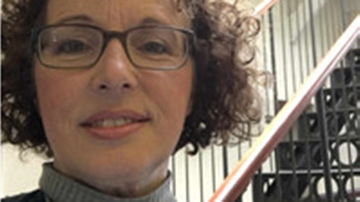
”You may know there is a problem, but not what causes it. With X-rays it is possible to see what happens in materials as they are being processed or used. That way you can understand the science better and make better predictions.”
This kind of measurements are possible due to the very high energy X-rays produced by synchrotrons such as Petra III, operated by Deutsches Elektronen-Synchrotron (DESY) in Hamburg.
Denise McCluskey gives the short version of how it works:
”In a large, ring-shaped accelerator, electrons travel around at high speed. When they turn a bend, the electrons emit X-ray. Research stations are located around the beam. They are called ”beamlines” and they capture the X-rays and direct them so that they can penetrate all kinds of materials. Essentially microscopic video image is then captured that shows the elements and material structures, and evolving processes inside the material in real time.”
A Swedish beamline
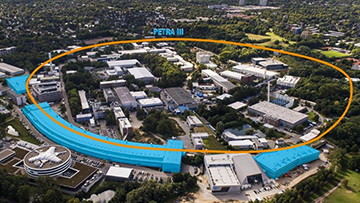
One of the beamlines at Petra III was built and paid for by the Swedish government. It goes by the name "The Swedish Materials Science beamline" or simply "SMS". CeXS was established by the Swedish Research Council to support this investment.
”We make sure that people know about the opportunity, that access is fair and transparent and that the Swedish researcher community gets the access that Sweden has paid for”, says Denise McCluskey.
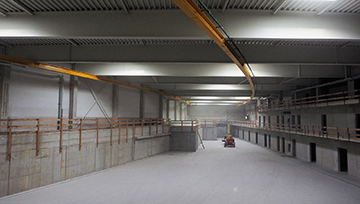
As a national infrastructure for hosting PETRA III and SMS the role for CeXS has continued to grow since the start in 2019. They coordinate the development of the research area in Sweden, engage in the overall development of PETRA III, educate and facilitate dialogue.
”No one can do these things on their own. But since we managed to bring all these people together, we have given Sweden a significant voice at PETRA III and its SMS beamline.”
Developing measurement skills
The biggest challenge for Denise McCluskey and CeXS is the complexity of making high energy X-ray measurements.
”You have to know about the measurement theories and technology as well as your research area. You have to know enough to ask for the right things and specify the right research problems.”
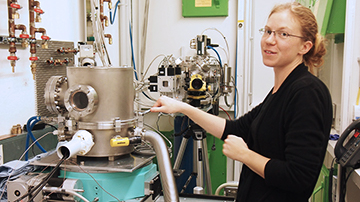
In the near future, CeXS will arrange hands on education and workshops at the beamline with the opportunity to test measurements and data analysis. Another priority is to enhance the user perspective.
”Large facilities such as PETRA III and MAX IV are built by measurement scientists. The users have a different area of expertise. The goal is to get everybody together to discuss common topics.”
Through a sea of data
Looking ahead, Denise McCluskey says that data analysis has to be easier to do. She talks about the importance of being able to get the results faster.
”There can be so much data that people can drown in it for a year and a half before they get results and can publish it. In the future, the results will be even more complicated, but at least the process can be more streamlined.”
Text: Alexandra von Kern


